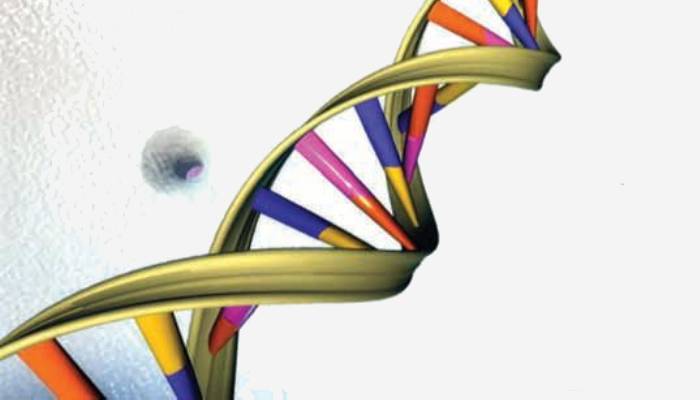
or

Indian law provides for patenting of only genuine inventions and has provisions for discouraging repetitive patenting, generally known as ‘evergreening’ in the industry. The Supreme Court in the recent judgment relating to Glivec has upheld this basic principle of the Indian patent regime, while deciding a seven-year-long legal battle fought by Novartis. In the present case, Glivec, a highly priced leukemia drug, was refused patent on the ground of “lack of efficacy”. In furtherance of the constitutional obligation of providing good health care to Indian citizens at reasonable cost, the Supreme Court upheld that the compound “did not satisfy the test of novelty or inventiveness” required by the Indian law.
Jürg Zimmermann had invented certain derivatives of N-phenyl-2- pyrimidineamine, including ‘Imatinib’ having valuable anti-tumour properties. He was granted a patent, US Patent No. 5,521,184 on May 28, 1996.
In 1998, Novartis, a Switzerland based pharmaceutical company filed an application for grant of patent before the Indian Patent Office for its brand name Glivec. However, it was just the Mesylate salt of Imatinib, which led to the development of beta crystalline form of Imatinib Mesylate that made its absorption in the human body smoother. The Novartis application for the grant of patent for Glivec was kept on hold until Trade Related Intellectual Property Rights (TRIPS) Agreement allowed India introduction of product patent from January 1, 2005. Inter alia, Novartis obtained exclusive marketing rights for the marketing of Glivec in India and also obtained court orders restraining certain generic manufacturers from manufacturing and selling the generic drugs. In 2006, the patent application was rejected by the patent office on the ground that the invention was already known under the Zimmermann patent. The invention was obvious to a person, skilled in the art and the same was within the ambit of Section 3(d) of the Patents Act, 1970 (the “Act”), which provides that the mere discovery of a new form of a known substance, not resulting in the enhancement of the known efficacy of the substance or the mere discovery of any new property or new use for a known substance unless such known process results in a new product or employs at least one new reactant, is not an invention within the meaning of the Act.
The petition challenging the constitutional validity of Section 3(d) before the Madras High Court by the appellant was dismissed.
After the constitution of the Intellectual Property Appellate Board (IPAB), the petition of the appellant challenging the order of Indian Patent Office was transferred to the IPAB by order dated April 4, 2007. However, IPAB rejected the appeal on the ground that the invention did not fulfil the test laid down under Section 3(d).
IPAB was of the opinion that the intention of Section 3(d) was to prevent evergreening as well as to provide equitable access to life saving drugs in the discharge of constitutional obligation of providing good health care to the citizens.
IPAB also held that the patent cannot be granted in terms of Section 3(b) of the Act, which provides that an invention, whose commercial exploitation could be contrary to public order or causes serious prejudice to human life or health, will not be an invention under the Act, as the highly effective drug would not be affordable for the poor sections of the society.
Against the order of the IPAB, Novartis filed a Special Leave Petition(SPL) with the Supreme Court of India with the following issues:-
Salman is Partner with Seth Dua & Associates.

Lex Witness Bureau

Lex Witness Bureau

Lex Witness Bureau

For over 10 years, since its inception in 2009 as a monthly, Lex Witness has become India’s most credible platform for the legal luminaries to opine, comment and share their views. more...
Connect Us:


The Grand Masters - A Corporate Counsel Legal Best Practices Summit Series
www.grandmasters.in | 8 Years & Counting
The Real Estate & Construction Legal Summit
www.rcls.in | 8 Years & Counting
The Information Technology Legal Summit
www.itlegalsummit.com | 8 Years & Counting
The Banking & Finance Legal Summit
www.bfls.in | 8 Years & Counting
The Media, Advertising and Entertainment Legal Summit
www.maels.in | 8 Years & Counting
The Pharma Legal & Compliance Summit
www.plcs.co.in | 8 Years & Counting
We at Lex Witness strategically assist firms in reaching out to the relevant audience sets through various knowledge sharing initiatives. Here are some more info decks for you to know us better.
Copyright © 2020 Lex Witness - India's 1st Magazine on Legal & Corporate Affairs Rights of Admission Reserved